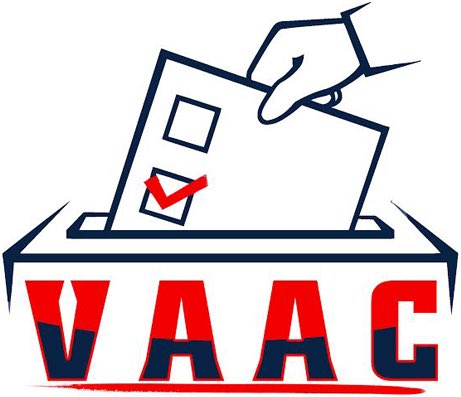Disinformation in political campaigns and social media has been confusing and muddling information about our communities for years. We need to do better to promote factual narratives and evidence-based information. Fortunately, there are ways to do this through regulation, public policy, and individual action.
The following is excerpted from a scholarly article (“Combatting disinformation
How it spreads and why it’s dangerous“) published by Taylor & Francis:
Dr. Lawrence says we need to be open to the idea that we might be receiving and accepting disinformation.
We then need to practice “good information hygiene,” says Dr. Culloty.
“Take a moment to stop, think, and check where the information is coming from,” she says.
“Ask, ‘Is this real?’ or ‘is it credible?’
“Also think about the motives behind the content: is it trying to promote or sell something?
“Check the source by looking it up to see who created it. Cross-check claims with reliable sources to compare what they are saying.
“If in doubt, do not hit like or share.”
“Individuals shouldn’t solely rely on commercial and subscription-based media for reliable and accurate news,” adds Professor Iosifidis.
“Access various sources for news and do not rely on one only,” he says.
Social Media Icons Color Splash Montage – Banner” by Visual Content is licensed under CC BY 2.0 .

Leave a Reply